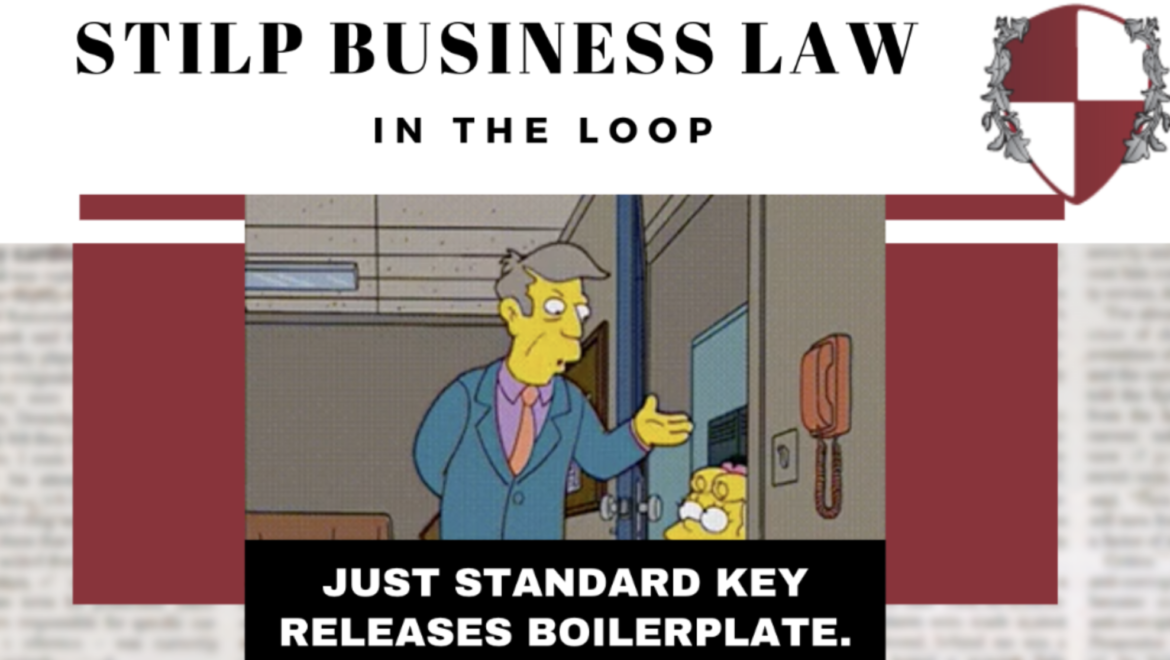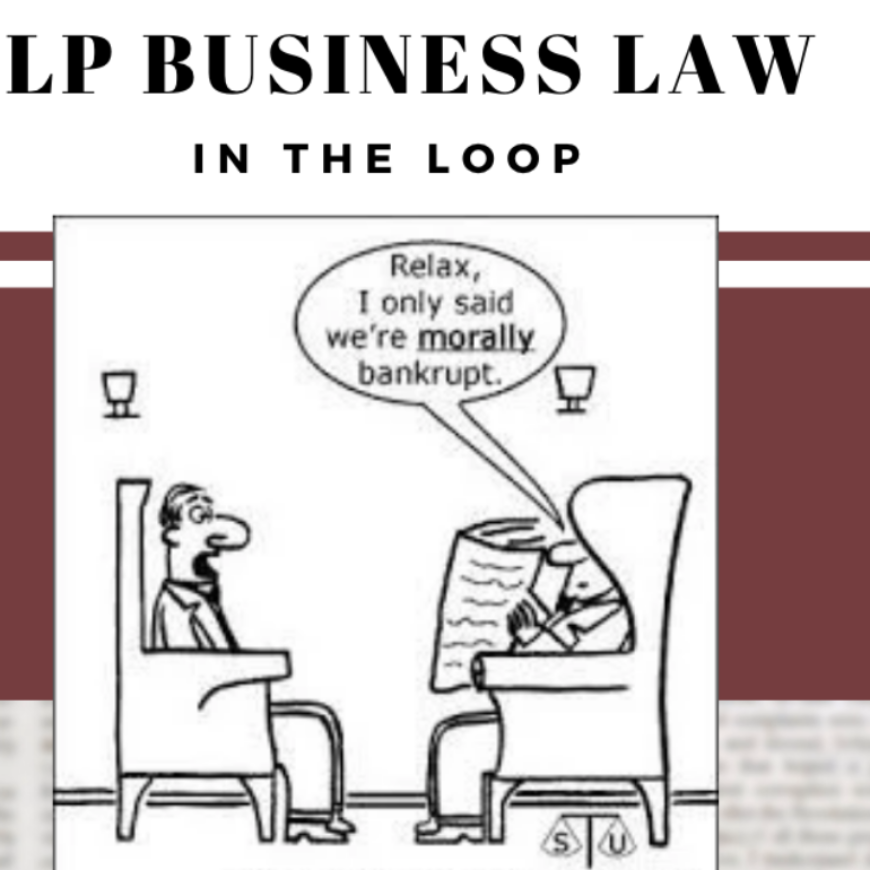Why do we have boilerplate in agreements if no one reads it? Less than 1/10th of 1% (.001) of people actually click on “Terms & Conditions” to even glance at an on-line agreement (Synder, F. and Mirabito, A., “Boilerplate: What consumers actually think about it,” 52 Indiana Law Review 431 (2019)).
Boilerplate is a term to describe stock language found in agreements. Boilerplate consists of buzz words that are used over and over with little change, even though the boilerplate itself may be used in different agreements.
According to one legal scholar, boilerplate is a trick (Boardman, M., “Contra Proferentem: The allure of ambiguous boilerplate,” 104 Mich. Law Review 1105 (2006)). The trick is that boilerplate is a “private conversation” between attorneys and the courts, with the consumer noticeably absent (Boardman, 2006). Boilerplate does not even need to make sense to the consumer, as long as the attorneys can use it, and the courts can interpret it.
Attorneys value the boilerplate because courts know what is means. The boilerplate is supplemented by the written decisions of the court. And the more that certain boilerplate is interpretated by courts, the more that boilerplate is used and the more value it has for future use. In other words, the boilerplate represents the accumulated experience of past use and becomes precedent for future use.
Boilerplate is widely used, not negotiated and written in legalese (Hill, C., “Why contracts are written in ‘legalese’,” 77 Chicago-Kent Law Review 59 (2001)). Boilerplate is not changed from agreement to agreement as any change may affect its interpretation.
So next time you read something and think to yourself, “but this does not make any sense,” you are probably right – but making sense is not the point of boilerplate.



